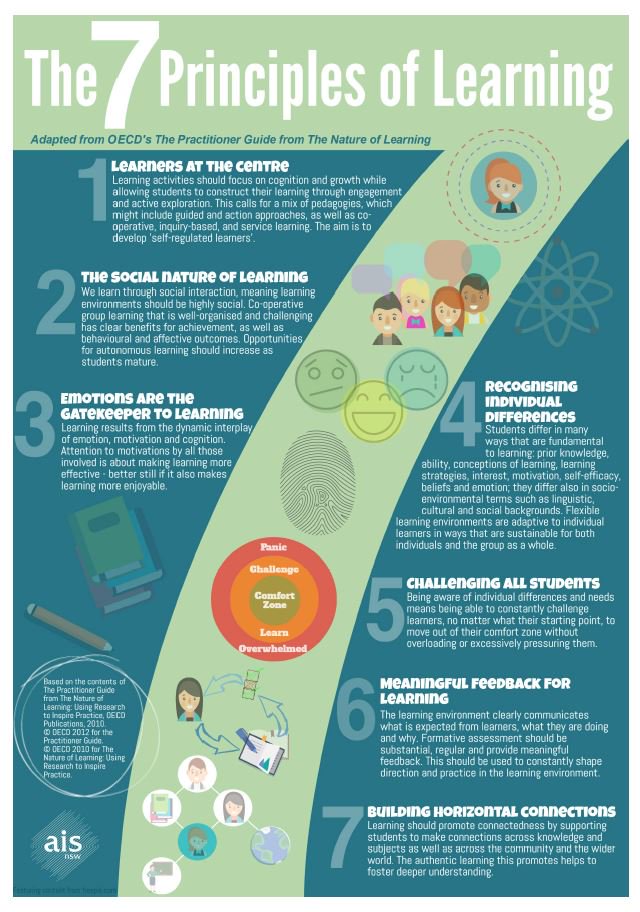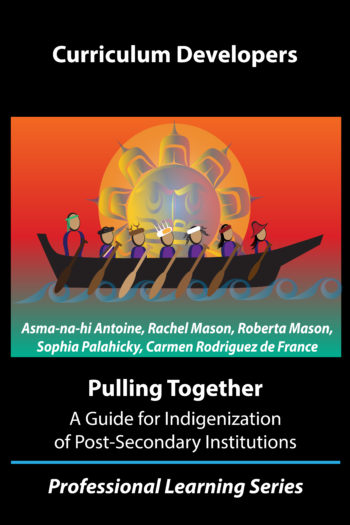Module 4, Entry 5
Tyler Ohashi
Racism
Towards the end of ETEC 521, I have been thinking about racism as a result of all the discussions around the dominant Western culture. It has caused me to think about what it would be like to feel excluded and oppresses by the dominant culture.
In a short personal story from Tami Pierce, director of Indigenous Education and Community Engagement at Vancouver Community College she experiences racism by just being earshot away from a conversation about “Indians”. She was not being talked to directly, but the impacts of racism still made her feel terrible and the details of the conversation revealed how misinformation, stereotypes, and stigma are very present today. Even today, people still use a generic paintbrush to project false opinions about Indigenous populations. To counteract this display of racism, Tami advocates the importance of being proud of who you are and “It’s not about fitting in or being someone that you are not — be proud of who you are and where you come from.” Her personal story makes it clear to me the need to dispel stereotypes of Indigenous people through education and proper representation.
Next, I started wondering about “systemic racism” because it is something that I have been hearing a lot lately. Therefore I looked at how Indigenous people have been affected by racism which landed me at this paper that looks at Indigenous experiences with racism and its impacts. This paper takes an insightful look at racism with respect to government policies (including residential schools), healthcare, and the judicial system and how these impact Indigenous people. Indigenous people have been racialized by most (all) levels of government which continues to be a problem today. “Systemic racism” is something I am just beginning to understand and how big the problem really is. Directing racism at one person is small and perhaps manageable, but racism on a scale that includes all levels of modern society is hard to wrap your head around.
References
Loppi, S., Reading, C., & de Leeuw, S. (n.d.). INDIGENOUS EXPERIENCES WITH RACISM AND ITS IMPACTS. https://www.nccih.ca/. https://www.nccih.ca/docs/determinants/FS-Racism2-Racism-Impacts-EN.pdf.
Pierce, T. (2018, June 8). Racism. Indigenous Peoples Atlas of Canada. https://indigenouspeoplesatlasofcanada.ca/article/racism/.

